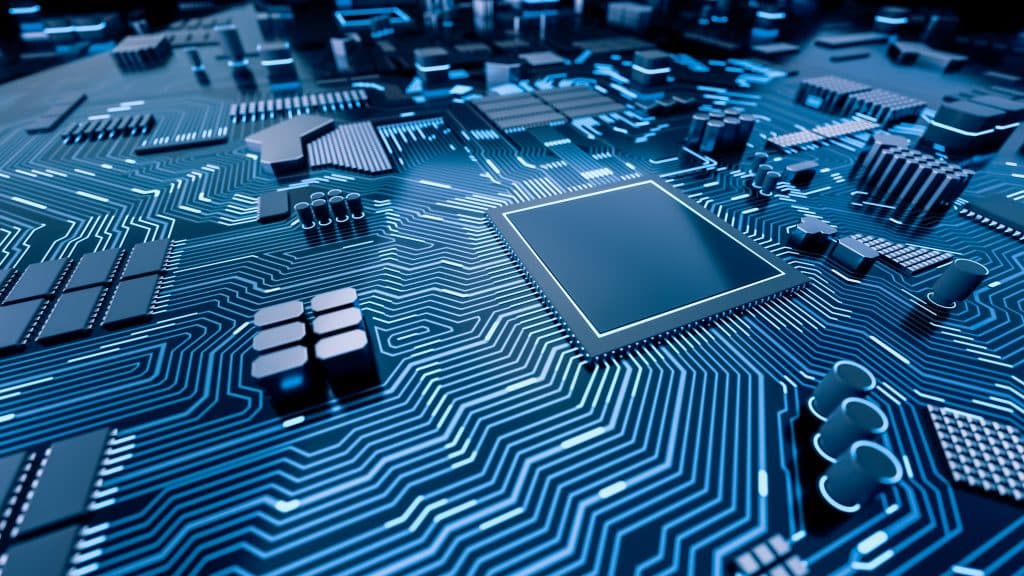The history of operating systems began long before the appearance of the familiar user interface. The first computing machines, such as ENIAC and Z3, did not have an operating system in the modern sense. They were controlled manually—via switches, punch cards, and cables. At that time, the main focus was on hardware, not ease of use or software universality.
The emergence of the first programmable devices in the mid-20th century required the creation of system software capable of managing task execution. In the late 1950s, primitive monitor programs appeared, which monitored the sequence of tasks. However, they were closely tied to specific hardware, and there was no talk of universality.
1960–1980: The Era of Mainframes and Multitasking
Significant progress occurred in the 1960s with the advent of IBM mainframes and the OS/360 operating system. It became one of the first examples of a scalable OS that could be used on different hardware configurations. Concepts such as task schedulers, virtual memory, and file systems began to take shape.
At the same time, the concept of multitasking emerged—the ability to run multiple programs simultaneously. This was a breakthrough, especially for scientific and governmental institutions. The first attempts at resource sharing between users also appeared—the prototype of today’s multi-user systems.
In the late 1970s and early 1980s, UNIX and MS-DOS were born—two different approaches, each of which had a tremendous impact. UNIX was geared towards the scientific community, offering powerful management and networking tools. MS-DOS, on the other hand, opened the door to home computing, making it accessible to the general public.
The User Interface Revolution: Windows and macOS
The transition from the command line to the graphical interface marked a new milestone in OS development. In 1984, Apple introduced the first Macintosh with a GUI—Graphical User Interface. Around the same time, Microsoft began developing Windows as a shell for MS-DOS.
By 1995, Windows 95 had become the mass standard, offering a taskbar, Start button, and simplified access to files and programs. This was a user-oriented step, as the OS was no longer just a tool for specialists and programmers.
macOS (formerly Mac OS X) at the end of the 1990s combined a Unix-based core with an intuitive interface, setting a high standard for convenience and stability. The emergence of Linux in the mid-1990s also gained attention—this open and flexible system became popular among professionals and developers due to its freedom of modification and high security.
Smartphones, Clouds, and the Internet of Things
With the development of mobile devices, the need arose for a new type of operating system. The arrival of Android and iOS in the early 2000s was another revolution. These systems allowed billions of people to use computing technologies in everyday life—from reading news to managing smart homes.
At the same time, cloud OS began to appear—not in the conventional sense, but as a concept of working in distributed computing environments. Today, many operations occur in the “cloud” without involving the local computer: data is stored on remote servers, applications run in the browser, and operating systems adapt to this scenario.
Embedded OS also play a crucial role, managing Internet of Things (IoT) devices—from refrigerators and watches to industrial machines. These systems are invisible to the user but essential in terms of security and stability.
AI, Automation, and Self-Learning OS
Today we stand on the threshold of a new era. Artificial intelligence is already integrated into operating systems, helping to optimize resource usage, detect threats, and even predict user behavior. Windows 11, macOS Sonoma, and the latest versions of Android actively use machine learning algorithms—from automatic photo sorting to smart power consumption.
Operating systems are becoming increasingly autonomous: they can update without user involvement, adapt to devices, forecast issues, and suggest solutions. Automation now affects not just the interface but the kernel—it can change its structure depending on the load.
Looking Ahead: Quantum Computing and the OS of the Future
With the development of quantum computers, engineers face the challenge of creating fundamentally new operating systems. Classical architectures and resource management models are unsuitable for systems that work with qubits, superposition, and entanglement. Today, corporations like IBM and Google are developing OS for quantum computers—Qiskit, Cirq, and other projects are still far from mass adoption, but it’s only a matter of time.
Future operating systems may differ dramatically from anything we know. They won’t just be intermediaries between humans and machines—they’ll be part of a global digital ecosystem: self-managing, adaptive, and deeply integrated into smart infrastructure, transport, and production.
Czechia in the Technological Context
Czechia is actively participating in this digital transformation. Technology clusters in Prague and Brno are developing solutions for distributed systems, and local universities are involved in international quantum computing research. Many Czech companies have already adopted hybrid cloud solutions and are integrating AI assistants into their internal operating systems, reflecting global trends.
Operating systems have come a long way—from punch cards to neural networks and qubits. And while the OS was once just a tool, today it is becoming an intelligent partner in the digital world.

